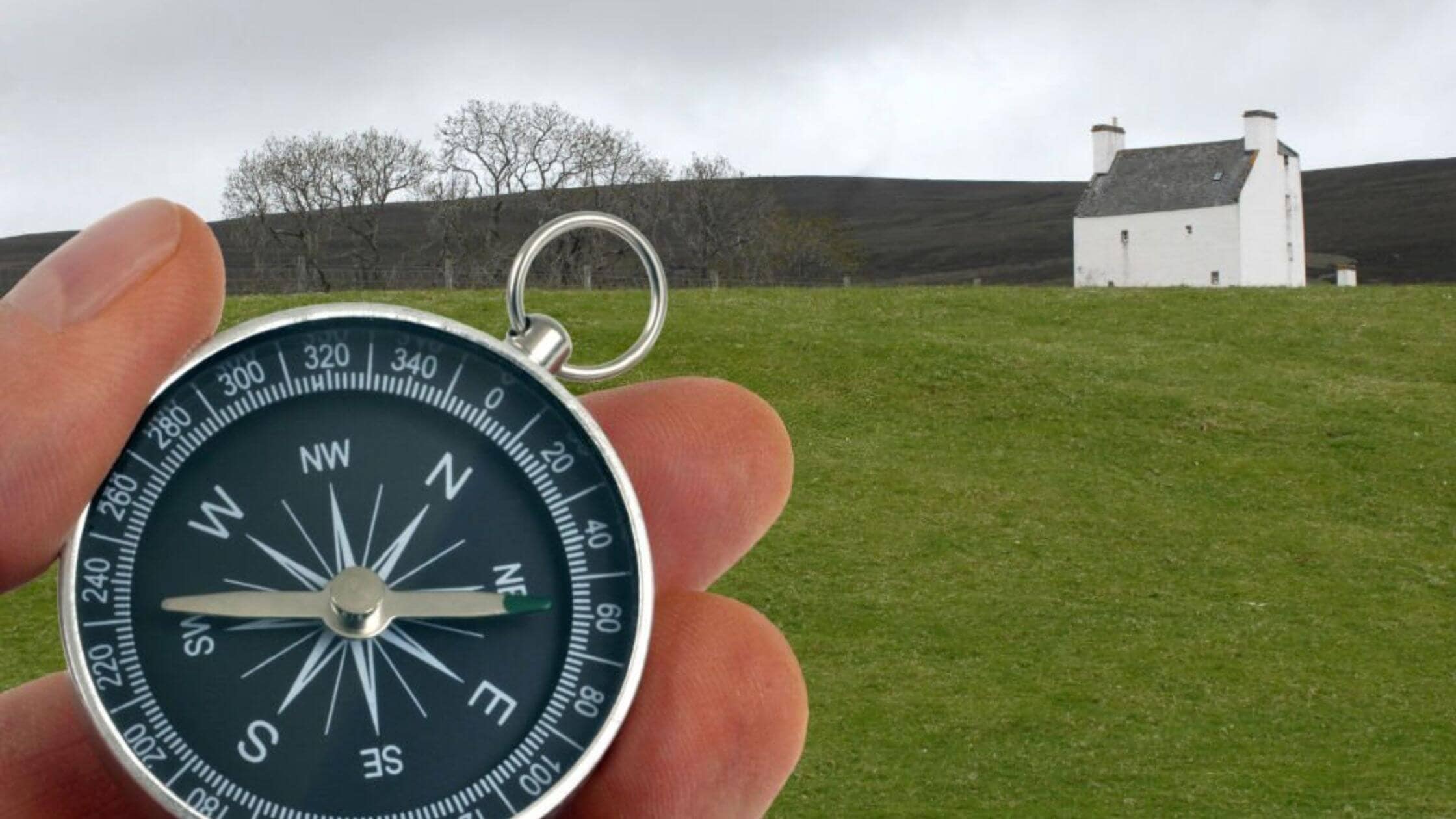
Begin a Career in Project Management – Prerequisites for PMP Certification

Are you considering a career in project management? Becoming a certified Project Management Professional (PMP) can open doors to exciting opportunities in this field. However, there are certain prerequisites and requirements you need to fulfill before pursuing PMP certification. In this article, we will explore the essential prerequisites for starting a career in project management and the steps you should take to prepare for the PMP certification exam.
1. Education and Experience
To be eligible for the PMP certification, you must meet specific education and experience requirements. Generally, you need a secondary degree (high school diploma, associate’s degree, or global equivalent) along with a minimum of 5 years of project management experience. Alternatively, if you hold a four-year degree (bachelor’s degree or global equivalent), you need a minimum of 3 years of project management experience.
2. Project Management Education
While project management education is not a strict prerequisite for PMP certification, it is highly recommended. Pursuing project management courses or obtaining a project management degree can provide you with a solid foundation of knowledge and skills necessary for successful project management.
3. Familiarity with PMBOK Guide
The Project Management Body of Knowledge (PMBOK) Guide is the foundational resource for the PMP certification exam. Familiarize yourself with the PMBOK Guide and its processes, knowledge areas, and best practices. This will help you understand the principles and concepts that form the basis of project management.
4. Project Management Experience
In addition to the educational requirements, gaining practical project management experience is crucial. Actively seek opportunities to work on projects, either within your organization or through volunteering or internships. This hands-on experience will allow you to apply project management principles and develop the necessary skills and competencies.
5. PMP Exam Preparation
Preparing for the PMP certification exam requires focused study and preparation. Invest in a comprehensive PMP exam preparation course or study materials that cover the exam syllabus, provide practice questions, and offer guidance on exam strategies. Allocate dedicated time for studying and create a study plan to stay organized and on track.
6. Continuing Education
Project management is a constantly evolving field, and as a project management professional, it is essential to stay updated with the latest trends, methodologies, and best practices. Commit to lifelong learning and pursue continuing education opportunities through workshops, conferences, and professional development programs.
Do I Have What It Takes?
Someone choosing to pursue a career in project management must thrive in a managerial role. They must have a toolbox of skills and a collection of abilities specific to project management. The skills you learn in your training are foundational skills to build upon. Once one becomes a certified PMP they will gain experience working in the field. If you are still on the fence about beginning the training to become a PMP, review the following requirements of the job and consider if they apply to you.
- Takes on roles of leadership and can manage large groups of people
- Adept in multi-tasking and can take on multiple roles and positions
- Possesses strong interpersonal skills
- Values efficiency and can meet deadlines
- Learns quickly, is flexible, and can adapt to sudden change
If you find that you possess most of these attributes then you will most likely be able to take on the role of a PMP very easily. However, having those capabilities does not completely satisfy the prerequisites for certification in project management. There are specific prerequisites that one must obtain before they can seek the correct certification to become a working PMP.
If you are considering becoming a PMP then you may have gained leadership experience in your college or university, or in an elective group or organization. These experiences are great stepping stools to becoming certified in project management. These previous experiences will better prepare you for the situations you will face in the field of project management. However, having previous work experience or even an elected position is not the only qualification for becoming a certified PMP.
Project Management Experience
The qualification of experience in project management does not require that the candidate hold a position as a designated project manager. This requirement can be filled without ever working as a hired manager. Leadership in a project can come from any level, whether that be supervisory, administrative, or entry-level. Having experience in project management indicates that the candidate spent sufficient time leading or directing a project or task at any level. An example of this is participating in a project and taking the initiative to organize, prioritize, or direct a portion of the work. Not only will this satisfy your experience requirement, but it will also exercise your leadership abilities.
Track the amount of experience you gained by logging the number of hours you delegated towards that role. It does not matter whether you worked on the project full-time or part-time. The hours you report on your PMP application form account for all the time spent planning, executing, monitoring, and closing a project.
What Happens After I Submit My Application?
After you have submitted your application, the form will be evaluated by the team of PMI reviewers. If your application satisfies all of the requirements, and the PMI reviewers have found no issue with your submission then it will be approved. However, PMI often randomly selects applications to be audited. This may delay the approval of your application, regardless of the accuracy and the completeness of your information.
In the case that your application is selected to be randomly audited, the working PMI may request verification of your logged information. Multiple forms of verification may be requested in regard to your logged contact hours, project management experience, or educational background.
The following documents may be required of you regarding each of the listed categories.
Educational Background
- School transcript
- Letter of enrollment
- Student identification
Project Management Experience
- Reference letters
- Audit report
Project Management Training
- Certificate of completion
- Letter of enrollment
Prepare to need any of the following documents by obtaining them in advance because many of these forms may need to be requested from your employer, school, or training provider.
If you are selected for the audit, do not worry! This is a normal, expected, and anticipated part of the process. The applicants are chosen randomly so being chosen does not imply that your application does not fill the PMP prerequisites.
Conclusion
If you aspire to begin a career in project management and pursue PMP certification, it is important to meet the prerequisites and prepare adequately for the certification exam. Education, experience, familiarity with the PMBOK Guide, and continuous learning are key elements to success. By fulfilling the requirements and investing in your professional development, you can embark on a rewarding journey in project management and unlock numerous opportunities in this dynamic field.
What If I Don’t Meet The Requirements?
If you are reviewing your application and you find that there are gaps in your training don’t worry! The timeline of PMP certification is flexible and can be adjusted to the individual. Take this time to continue building on your management skills by getting involved in more projects and taking on greater roles of leadership. The details of the prerequisites required for PMP certification are designed to narrow down your path in project management. Find what aspects of project management suit you best and follow that path.
Have you led projects and are looking to earn a project management certification? You might be interested in learning about how lucrative this can be. Check out these articles.
13 PMP Benefits Once You Get The PMP Certification
No experience leading projects but still want to get into project management? No problem! Check out these articles.
CAPM Certification Eligibility
What is a Certified Project Manager; How do I get PM Certifications


